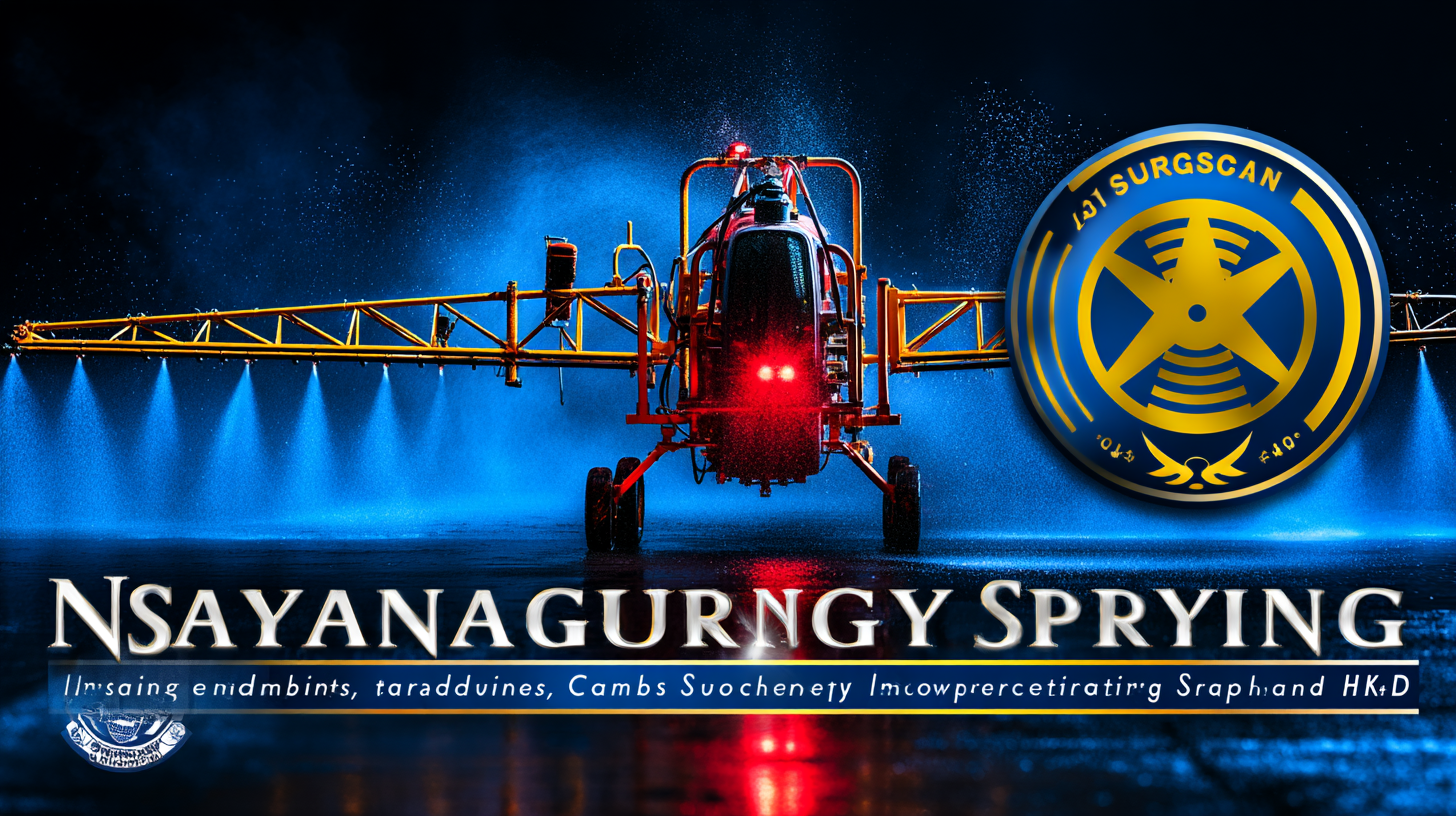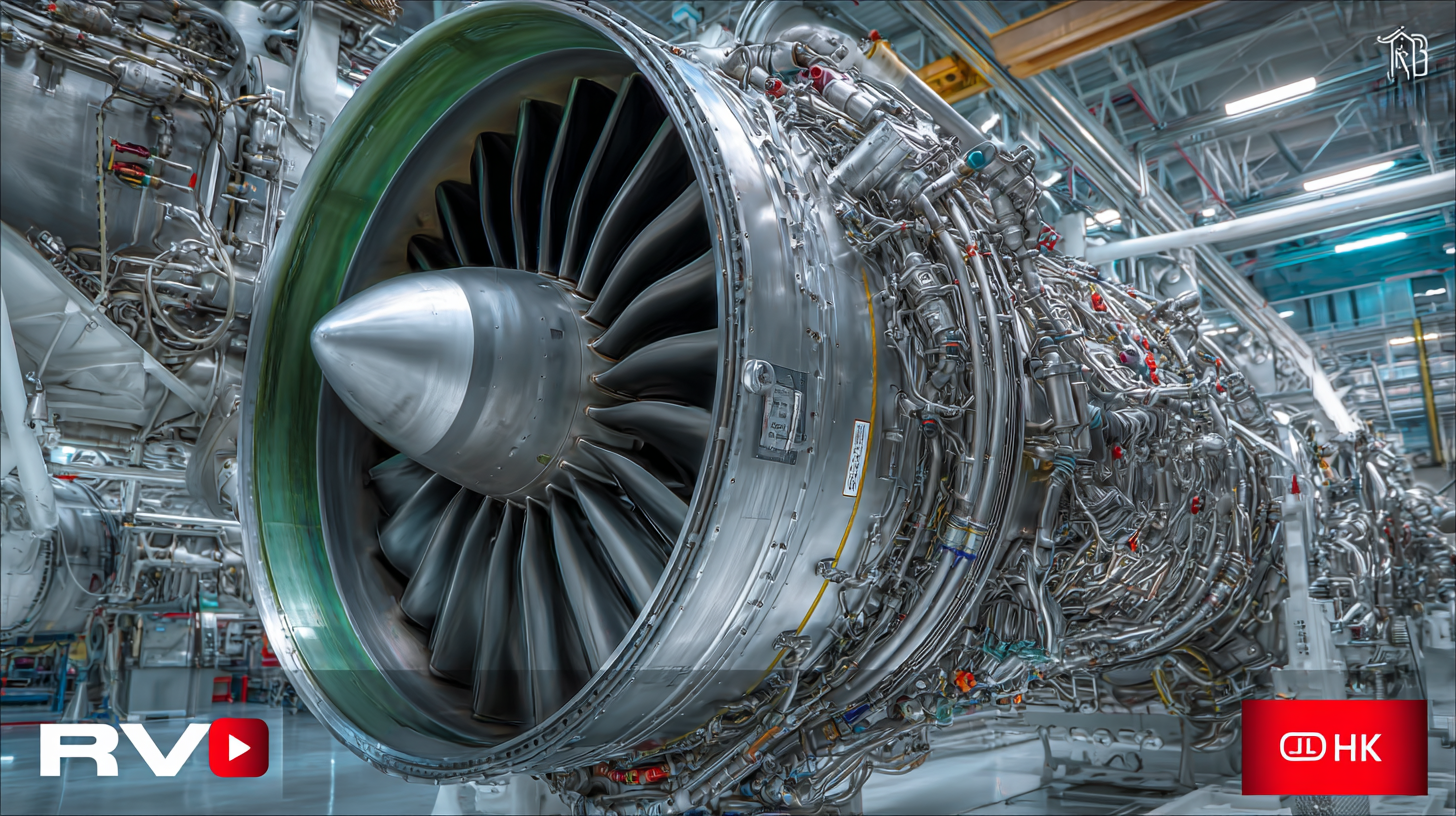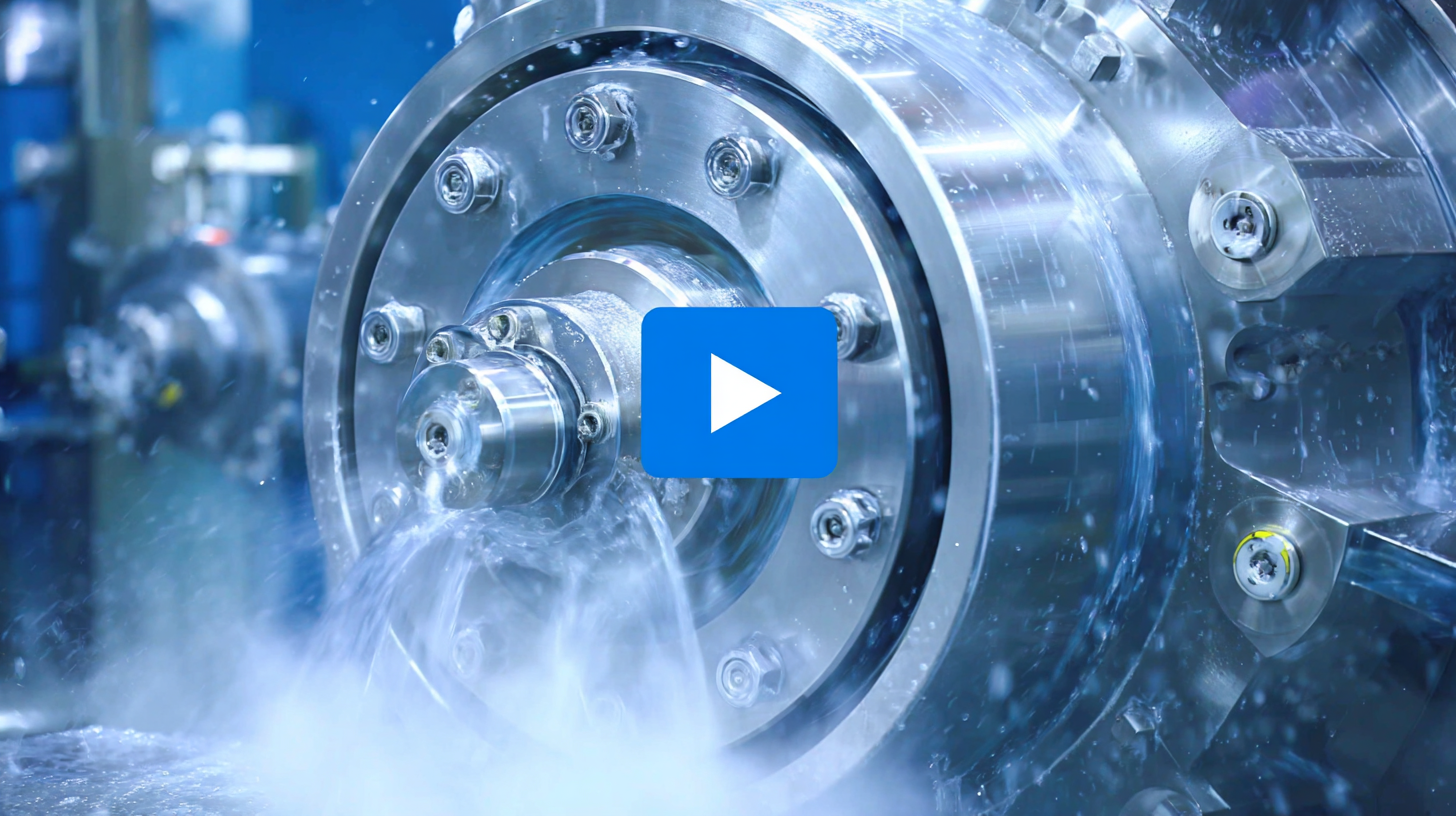In the rapidly evolving field of advanced manufacturing, the production of Supersonic Spraying Equipment stands as a pivotal focus, especially as the market for high-performance coating technologies is projected to reach $4.8 billion by 2026, according to a recent industry report by MarketsandMarkets. Despite the burgeoning demand, manufacturers frequently encounter significant challenges, ranging from stringent industry standards to the need for precise engineering and quality assurance. These obstacles not only impact operational efficiency but also influence the competitive landscape of the supersonic spraying sector. Understanding these common challenges is essential for industry leaders seeking to innovate and improve their production processes, ensuring their equipment meets the rigorous demands of various applications, including aerospace, automotive, and advanced materials industries.

In the rapidly evolving field of supersonic spraying equipment, manufacturers face an array of challenges while striving to meet global industry standards. One of the primary hurdles is the stringent regulatory requirements that vary by region. Adapting to these standards not only demands significant investment in research and development but also necessitates a robust quality assurance process to ensure compliance. This complexity can lead to delays in production and increased costs, fundamentally impacting a company’s competitiveness in the market.
Another significant challenge involves the integration of advanced technology in product design and fabrication. As the demand for more efficient and effective spraying solutions grows, manufacturers must continuously innovate while maintaining compliance with established standards. This balancing act is fraught with difficulties, as new technologies may not always align perfectly with existing regulatory frameworks. Additionally, achieving the delicate balance between performance and safety can complicate the adoption of innovative materials or methods. Consequently, navigating these industry standards requires not only technical expertise but also a commitment to ongoing learning and adaptation.
| Challenge | Description | Impact on Production | Proposed Solutions |
|---|---|---|---|
| Compliance with Safety Standards | Ensuring equipment meets local and international safety requirements. | Delays in production due to rework or redesign. | Regular training for staff on compliance updates. |
| Material Selection | Finding materials that meet performance and environmental standards. | Increased costs and production time. | Research and development investment for better materials. |
| Technological Advancements | Keeping up with rapid advancements in spraying technologies. | Risk of obsolescence of equipment. | Continuous training and upgrading existing systems. |
| Quality Assurance | Maintaining high quality in every production batch. | Increased returns and warranty claims. | Implementation of strict quality control processes. |
| Sustainable Practices | Adopting environmentally friendly production methods. | Compliance issues with regulatory bodies. | Invest in sustainable technologies and training. |
The quality of materials used in supersonic spraying plays a critical role in determining the efficiency and durability of the final product. In the world of advanced manufacturing, the selection of raw materials for equipment is often a pivotal factor that influences overall performance. High-quality materials not only enhance the spraying process but also improve adhesion and coating integrity, leading to longer-lasting results. For instance, using superior feedstock can minimize defects and ensure a uniform spray pattern, which is essential for achieving the desired surface finish.

Moreover, the mechanical properties of the materials affect their behavior during the spraying process. Materials with optimal thermal stability and mechanical strength are crucial for maintaining the integrity of the spraying equipment under extreme conditions. The inherent qualities of these materials dictate the nozzle life and the overall maintenance requirements, further impacting operational efficiency. Therefore, manufacturers must prioritize sourcing high-grade materials to ensure their supersonic spraying equipment can withstand rigorous applications while maintaining efficiency and durability over time.
The evolution of spraying equipment has been significantly influenced by technological innovations that enhance performance and efficiency. Advanced coating techniques such as supersonic spraying have emerged as game-changers in various industries, enabling the application of coatings at high velocity which results in finer finish and superior bond strength. This transition from traditional spraying methods to cutting-edge technologies exemplifies the industry's commitment to producing high-quality equipment that meets rigorous standards.
One notable innovation is the integration of robotic automation and smart sensors in spraying systems. These technologies enable precise control over the spraying process, optimizing material usage and minimizing waste. Additionally, advancements in nozzle design and thermal spray techniques contribute to improved particle velocity and overall coating quality. As manufacturers embrace these innovations, they not only streamline production processes but also ensure compliance with stringent industry standards, responding effectively to the demands of modern applications.

In the world of advanced manufacturing, regulatory compliance stands out as a significant hurdle for manufacturers of supersonic spraying equipment. According to a 2021 report from the International Society for Coating and Surface Technology (ISCT), nearly 60% of manufacturers cite compliance with environmental regulations as a primary concern. This includes adherence to strict emissions standards and the use of sustainable materials, which are essential in minimizing the environmental impact of production processes. Manufacturers must navigate various national and international regulations, such as the EPA guidelines in the United States and REACH regulations in Europe, which can differ significantly and complicate compliance efforts.
Moreover, the challenge extends to ensuring that equipment meets the requisite safety standards. An analysis by ASTM International indicated that over 70% of equipment failures during testing phases are due to non-compliance with safety standards, leading to delays and increased costs. Frequent revisions in regulatory frameworks mean that manufacturers must invest in ongoing training and development for their teams, regularly updating their processes and equipment to satisfy evolving regulations. As a result, the journey to meet regulatory compliance not only demands substantial financial resources but also strategic planning and innovation in production methodologies.
The demand for supersonic spraying solutions continues to grow as various industries seek advanced coating technologies for enhanced performance and durability. According to market insights, the cold gas spray equipment market crossed USD 1.1 billion in 2023, with an expected CAGR of 4.5% from 2024 to 2032. This growth is driven by an increasing need for efficient manufacturing processes that improve material properties, particularly in aerospace, automotive, and medical sectors.
Tips for industries looking to adopt supersonic spraying: first, assess specific application requirements to determine the most suitable equipment and materials. Understanding the nuances of different spraying methods can significantly impact operational efficiency and product outcomes. Additionally, ensuring that the workforce is trained in the latest technologies will help mitigate potential integration challenges.
Moreover, companies should stay informed about emerging trends and technological advancements in supersonic spraying. Networking with industry experts and participating in relevant workshops can provide valuable insights and foster innovation. By embracing these strategies, businesses can position themselves to capitalize on the growing market demand for cutting-edge spraying solutions.
TradeManager
Teams
VKontakte


